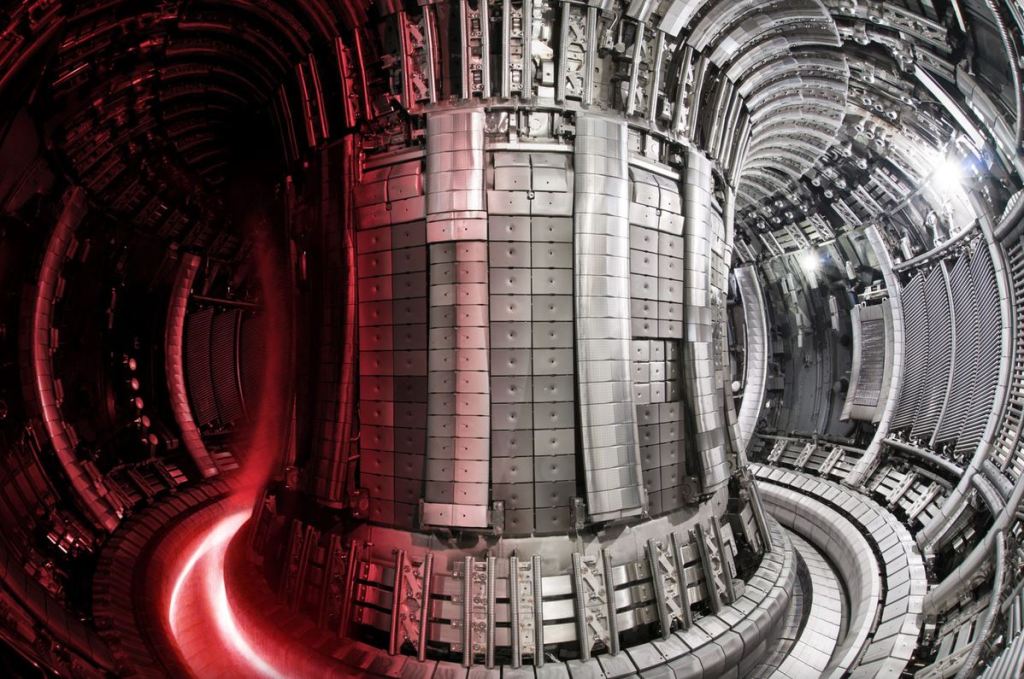I was watching this video: https://www.youtube.com/watch?v=z8Ouhhl1cdM and compared with what I learned here: https://www.osti.gov/biblio/5256369 I have to begin to question if this newer generation of scientists understand much of anything? I don’t meant that as much of an insult as it sounds. I already know quite well that the nuclear industry is hurting dramatically for qualified operators of nuclear power plants. One might then assume the practical operation of nuclear power plants is simply not the trained-eye of current nuclear fusion researchers. They are great theorists; they can theorize very fast cars. But you still need a driver to test the car to explain to them why the car can’t go that fast in its current configuration.
There are no more “test drivers” in the nuclear industry, it would seem. Allow me to suggest an example.
About here: https://youtu.be/z8Ouhhl1cdM?si=EWeNabWVyzFl31vx&t=725 a discussion starts about a type of first-wall. But I already know from watching other videos several things about the first wall.
1. The thickness of the wall has to be closer to 1.2meters based on the neutron energy of 14.1MeV for D-T fusion reactions.
2. Cited in the paper from 1981, the containment of a nuclear reactor has to have pressurization characteristics in-case of the failure of containment. That is to say; if there’s a rupture, the non-irradiated secondary systems need to be maintained at higher pressures than the reactor (first wall) systems.
Based on the video; the working example for a first wall liquid salt solution has pressures exceeding 10atmospheres. This is above the capability of any lithium pump in the 1980s (per the 1981 paper) by orders of magnitude. Furthermore; the pressures are simply unacceptable for nuclear safety standards. The pressures would require very high pressures of the secondary non-irradiated system.
I’d like the questions of practical safety application to be answered BEFORE any discussion of materials and designs proceeds. To build a power plant (or any system, really) you have to start from the final design characteristics and work your way back to a component-level practical design. You can’t start at the component level and then pigeonhole everything into place, that is literally a child trying to cram a square peg into a round hole.
It isn’t that our scientists and engineers are “stupid”. It’s that they have no more practical experience. At best the nuclear navy and remaining (aging near retirement) nuclear engineers at power plants have the practical experience. But a lot of them are probably not going into the niche of Nuclear Fusion research at all.
Published by

Leave a comment